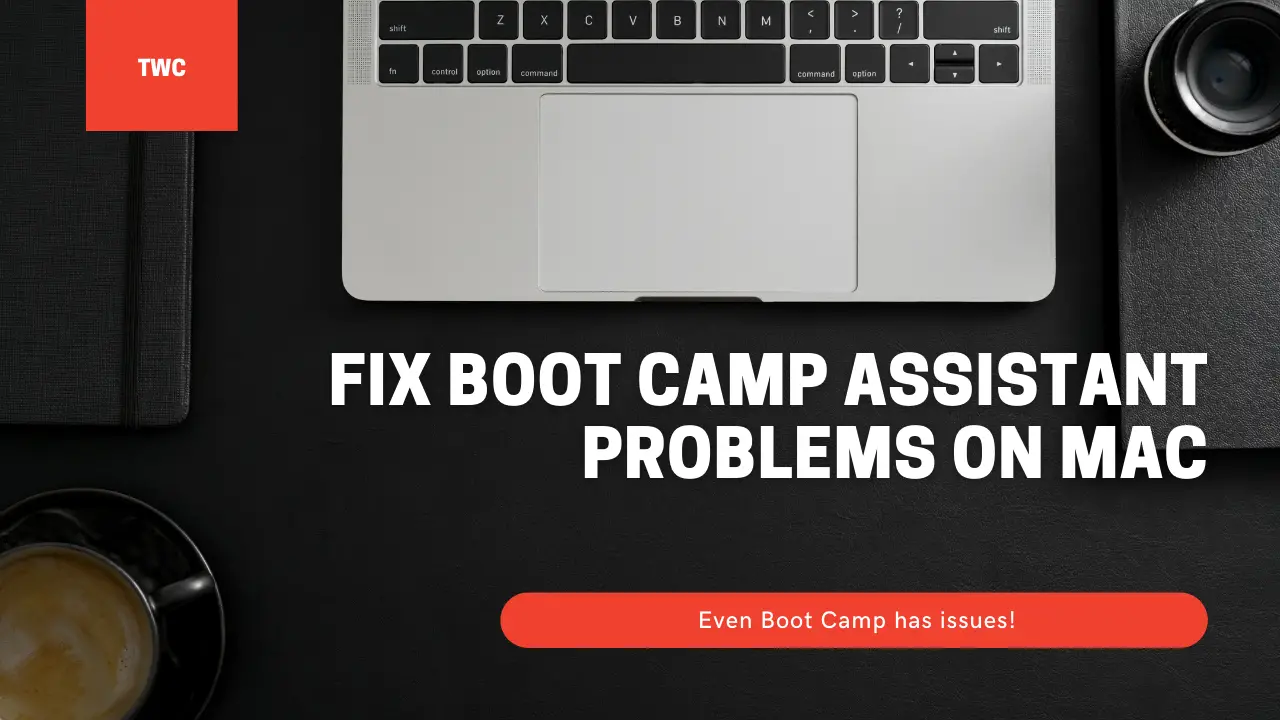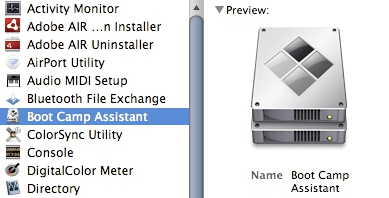
You’ll likely see three options ( Boot Fallback boot loader from NAMEOFUSB, Boot Windows from whole disk volume, and Boot Windows from NAMOFUSB).

:max_bytes(150000):strip_icc()/004-using-boot-camp-assistant-install-windows-2260115-9b6e0caced614e75a726bf479556ff7a.jpg)
iso and USB stick as you normally would in Mac OS X using Boot Camp Assistant. This may not be the only approach that works, but it seems to have worked for us: The SSD uses the PCIe interface but seems to use that as an intermediary for the larger SSD attachment, which Mac OS X sees as an external drive, and Bootcamp does not like to install to an external drive.

We ran across a rather odd scenario with some Mac Pros, whose internal storage we’d upgraded from the built-in storage to the Aura SSD. Usually setting up a dual-boot for Windows on a Mac is a fairly straightforward procedure-use Boot Camp Assistant to create the USB installer and then have Boot Camp Assistant help you set up the partitions and install Windows.


 0 kommentar(er)
0 kommentar(er)
